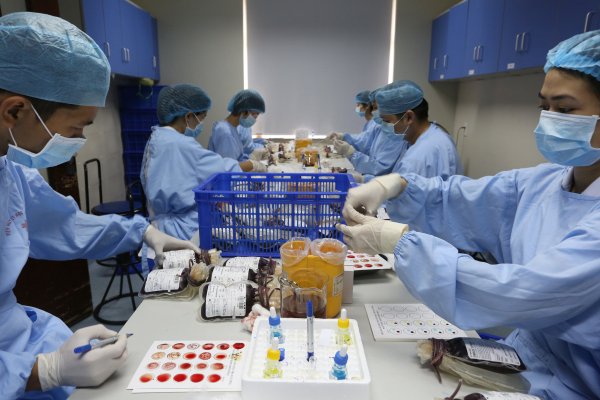Study reviews variability in white blood cell count in patients uncomplicated malaria
A new WWARN study, which looked at the variability in white blood cell (WBC) count in patients with uncomplicated malaria, found that using the assumed value of WBC in the calculation of parasite density led to a significant underestimation of parasite count for children and potentially sub-optimal treatment.

The new study, ‘Variability in white blood cell count during uncomplicated malaria: a WorldWide Antimalarial Resistance Network individual patient data meta-analysis’ has been published in Malaria Journal.
This is the first Individual patient data meta-analysis to characterise WBC count levels in both P. falciparum and P. vivax malaria across a range of endemic settings.
Researchers reviewed WBC counts during acute uncomplicated malaria in 27,656 patients from 84 studies across Africa, Asia-Pacific and the Americas. WBC counts are needed in calculation of parasite density when thick smear microscopy is used, however, in resource-limited settings an assumed WBC is often used instead.
This study explored the implications of this practice. First, researchers confirmed that assuming a WBC count of 8000 cells/µL did not result in clinically consequential inaccuracies in the estimation of the prevalence of prolonged parasite clearance and artemisinin resistance. However, the study showed that using the assumed value of WBC count of 8000 cell/ microlitre resulted in a significant underestimation of parasite count in children, which could lead to sub-optimal treatment of children with clinically uncomplicated but hyperparasitaemic malaria. Patients with hyperparasitaemia, even if clinically uncomplicated, are more likely to experience initial failure of their treatment or a recrudescence of malaria with a conventional 3 days artemisinin combination therapy.
Learn more about the White Blood Cell Count in Malaria Study Group
